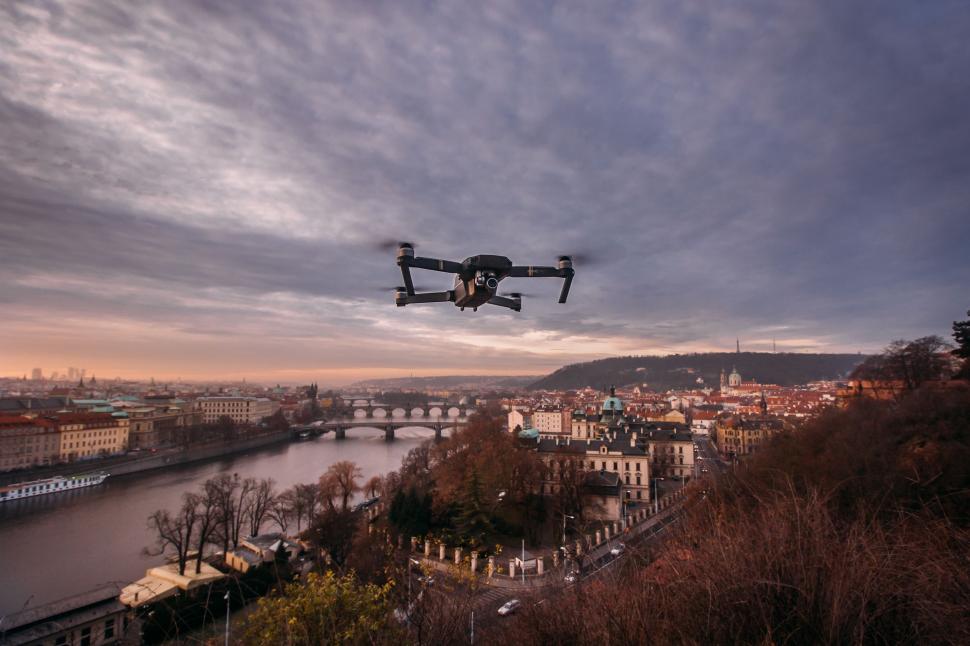
LiDAR mapping in Minneapolis MN is changing how we survey land for construction, real estate, and environmental projects. Using high-tech laser scanning, LiDAR creates detailed 3D maps faster and more accurately than traditional methods.
For engineers, city planners, and developers, understanding the costs, advantages, and key applications of this technology is essential. This guide breaks down how LiDAR works, its pricing, and why it’s a game-changer for Minneapolis.
What is LiDAR Mapping?
LiDAR (Light Detection and Ranging) is a remote sensing technology that uses laser pulses to measure distances between a scanner and the ground. It builds high-resolution 3D models of landscapes, buildings, and infrastructure.
How Does LiDAR Work?
1️⃣ A scanner emits laser pulses from a drone, airplane, or ground-based system.
2️⃣ The pulses bounce off surfaces like roads, trees, and structures.
3️⃣ Sensors measure the time it takes for the light to return, calculating distance.
4️⃣ Software converts this data into a detailed 3D map.
Because of its speed and precision, LiDAR mapping services in Minneapolis are widely used for urban development, environmental planning, and land surveying.
Why Minneapolis Needs LiDAR Mapping Services
Minneapolis is constantly growing, with new buildings, roads, and infrastructure projects in the works. Here’s why LiDAR mapping in Minneapolis MN is so valuable:
✅ Urban Growth: High-resolution mapping helps plan new neighborhoods and business districts.
✅ Flood Risk Assessment: With rivers and lakes in the area, accurate elevation data is critical for flood prevention.
✅ Transportation Planning: The Twin Cities metro area needs precise maps for roads, bridges, and transit systems.
✅ Environmental Conservation: LiDAR helps track forest health, erosion, and wetland restoration.
Cost of LiDAR Mapping
The price of LiDAR mapping in Minneapolis MN depends on factors like area size, project complexity, and required accuracy.
Estimated Pricing for LiDAR Mapping:
| Survey Type | Estimated Cost per Square Mile |
| Drone-Based LiDAR | $2,500 – $5,000 |
| Airborne LiDAR (Plane/Helicopter) | $5,000 – $10,000 |
| Ground-Based LiDAR (Terrestrial) | $3,000 – $7,000 |
Factors That Affect LiDAR Costs
📌 Project Size: Larger areas require more scanning and data processing.
📌 Accuracy Needs: Higher precision means more advanced equipment and longer analysis time.
📌 Terrain Conditions: Difficult landscapes may require specialized scanning methods.
Even though LiDAR services in Minneapolis MN have higher upfront costs, they reduce long-term expenses by cutting down on manual surveying work and preventing costly mistakes.
Benefits of LiDAR Mapping
Why are more professionals turning to LiDAR mapping services in Minneapolis MN? Here’s what makes this technology stand out:
✅ Highly Accurate: LiDAR captures detailed 3D models with centimeter-level precision.
✅ Fast & Efficient: Large areas can be scanned in hours instead of weeks.
✅ Saves Money: Reduces the need for multiple site visits and field surveys.
✅ Works in Any Environment: LiDAR can see through trees, work at night, and function in cloudy weather.
Top Applications of LiDAR Mapping in Minneapolis MN
1. Construction & Infrastructure Development
- Highway & bridge design
- Site grading & excavation planning
- Mapping underground utilities (gas, water, electrical lines)
2. Flood & Environmental Risk Analysis
- Stormwater drainage mapping
- Riverbank erosion monitoring
- Forest and wetland conservation
3. Real Estate & Urban Planning
- 3D property modeling
- Land zoning & site selection
- Smart city development
With Minneapolis’ focus on growth and sustainability, LiDAR mapping services are making major improvements in these fields.
Choosing a LiDAR Mapping Company
When hiring a LiDAR surveying company in Minnesota, here’s what to look for:
✔️ Industry Experience: Choose a firm with expertise in construction, real estate, or environmental LiDAR applications.
✔️ Technology Used: Ensure the company uses high-end LiDAR scanners and advanced processing software.
✔️ Project Speed & Accuracy: A reliable provider delivers results quickly without sacrificing precision.
A good LiDAR service provider can help you get the most accurate data for your project.
FAQs About LiDAR Mapping
🔹 How accurate is LiDAR scanning?
Most LiDAR surveys offer accuracy within 2-5 cm, depending on conditions.
🔹 How long does a LiDAR mapping project take?
Most LiDAR mapping services complete surveys within days, including data processing.
🔹 Can LiDAR work in bad weather?
LiDAR functions in low-light conditions, but heavy rain or fog may slightly reduce accuracy.
🔹 What industries use LiDAR in Minnesota?
LiDAR is essential for construction, transportation, flood mapping, forestry, and real estate.
🔹 Is LiDAR more expensive than traditional surveying?
While initial costs are higher, LiDAR saves money by reducing errors and minimizing fieldwork.
LiDAR mapping in Minneapolis MN is revolutionizing land surveying, construction, and environmental planning. With its high accuracy, fast results, and cost-saving benefits, it’s an essential tool for engineers, developers, and city planners.